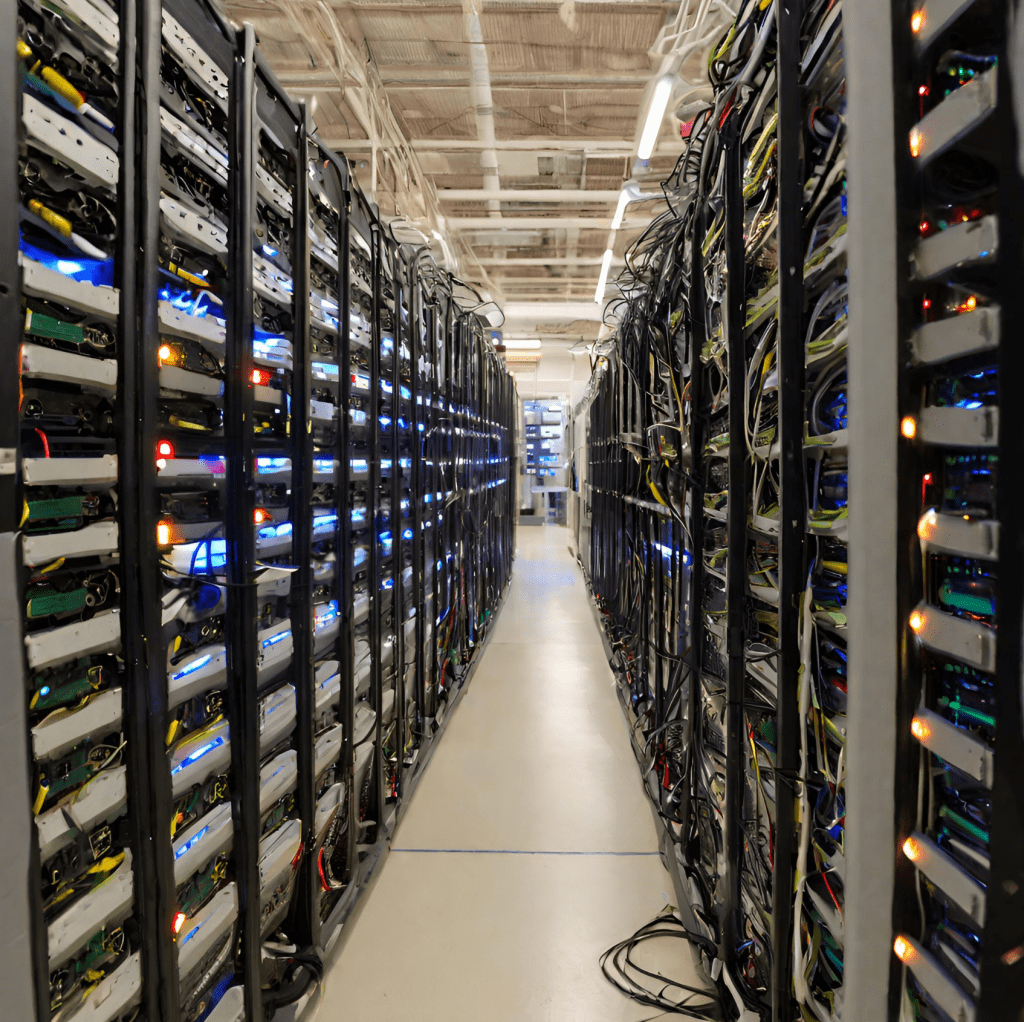
Generative A.I. was at one point fairly under the radar. Neural networks and the related fields as we know them today have been active since their inception in the 1970s, but it wasn’t until last year with the release of ChatGPT that the world really turned its attention to the rising generation of A.I. advancement and what it could mean for the future and progress of humanity. The ability of ChatGPT far surpassed everything that came before it, and was on display to anyone who could hold a phone in their hands or a computer on their lap. It became clear in no other way before that change was on the horizon. But change for the better, or for the worse?
To answer this question, it helps to examine some of the effects that have already been seen. One New York Times article details how generative A.I. is being used to design efficient and durable concrete blocks for road and building construction. One professor, Dr. Amir Alavi, quoted in the article says, “These are structures [generated by A.I.], with the tools that we have, that save materials, save costs, save everything.” While generally untested, the initial results are incredibly promising, and the benefits are astounding to say the least.
It is also worth noting that many of the largest benefits of A.I. have yet to be seen. According to another New York Times article about a study done by the McKinsey Global Institute, generative A.I. has the potential to add $4.4 trillion to the world economy through increased efficiency and output across many areas. This study reflects the fact A.I. has the undoubtable ability to automate many kinds of work that weren’t able to be before.
Clearly, generative A.I. technology has a diverse and far reaching array of benefits. Despite this, some call for a “pause” on A.I. development, fearing that the rate of development is too fast. In Gabriel Huang’s The Case for an A.I. Pause, featured in the New York Times Student Editorial Contest, he argues that in order to stymie the negative effects and uncertainties of continued A.I. development, companies in power should “hit pause.” Unfortunately, this approach suffers from remarkable vagueness and infeasibility. While maybe sound reasoning in general terms, attempting to describe in detail what such an A.I. pause would entail on a specific developmental level is something that has not happened yet, and quite frankly, it’s far easier said than done.
Moreover, the reality of the situation is that the stakes of continued A.I. development are too high for anyone to take a ban seriously. Generative A.I. has the ability to change the world, and the implications of that cannot be ignored. If nothing else, A.I. development must continue for the sake of security. Regardless of what governing agencies would like to believe, somewhere in the world A.I. development will continue regardless of the situation, and just like the nuclear arms race of the 50s and 60s, the “A.I. Arms Race” will continue whether our country, or any country, decides not to be a part of it. That’s not to say that regulation doesn’t have an important role to play, but regulation of development is a far different proposition than no development at all.
Stepping back is no longer an option, and perhaps never was. The real question is, will we step forward with confidence and rise to the challenges that will come? Or will we falter and stumble in ignorance? The road ahead is full of uncertainty, but one thing in my mind remains clear. We have to embrace progress, not shy away from it.
Works Cited
Edmonds, Colbi. “New Tool for Building and Fixing Roads and Bridges: Artificial Intelligence.” The New York Times, 19 November 2023.
Huang, Gabriel. “The Case for an A.I. Pause.” The New York Times, 22 June 2023.
Isaac, Mike, and Tally Abecassis. “One Year of ChatGPT: How A.I. Changed Silicon Valley Forever.” The New York Times, 5 December 2023.
Lu, Yiwen. “Generative A.I. Can Add $4.4 Trillion in Value to Global Economy, Study Says.” The New York Times, 14 June 2023.
Nielsen, Michael A. Neural Networks and Deep Learning. Determination Press, 2015.